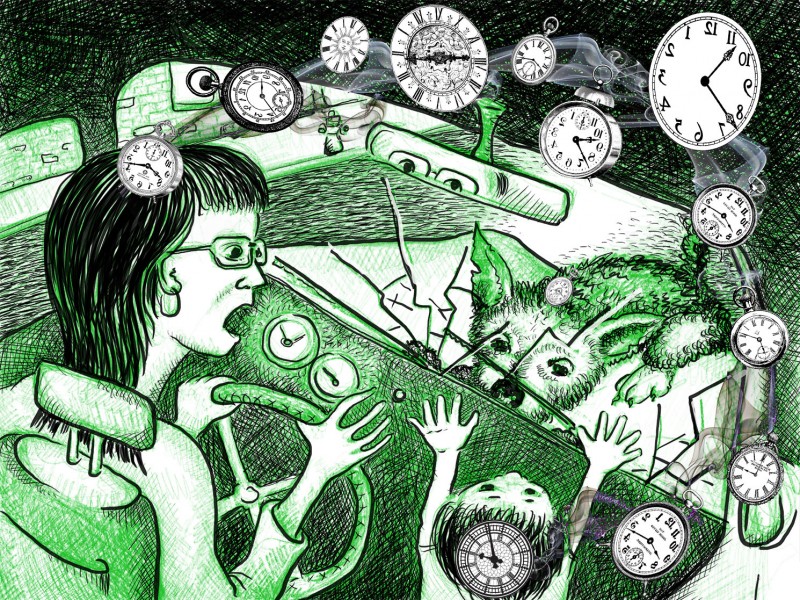Murphy, C. (2010). “Young More Lonely Than The Old,” BBC News. Retrieved on 2010/05/25. http://news.bbc.co.uk/go/pr/fr/-/2/hi/health/8701763.stm Summary: Clare Murphy suggests the young tend to feel lonelier than the old in the UK. What does the article mean by ‘lonely,’ and what are the factors that contribute to Britain’s youth to feel such an emotion? England’s elderly and youth feel two different types of loneliness. Elderly loneliness derives from the isolation caused by the decomposition of the nuclear family, as well as long life expectancy. Youth loneliness is caused by modern day living. Today, more focus is placed on careers rather than on the public community. Thus, individuals exert more energy into their work than into building community ties. Social network sites, a technology invention of the youth’s era, incredibly connect hundreds and thousands of people across the globe. Communication through these sites, however, does not produce the same satisfaction of face to face interaction. Thus, one may find they have a plethora of friends on their social network site, but very few that they can have a person to person contact with. Lastly, urban planning greatly affects how social is a community. The urban planning of London encourages a far lesser…
There's a word for that?
A Dictionary of Cool Words That Hide True Feelings & Meanings from Parents Many of the strange vocabulary words, that…
Read more →




